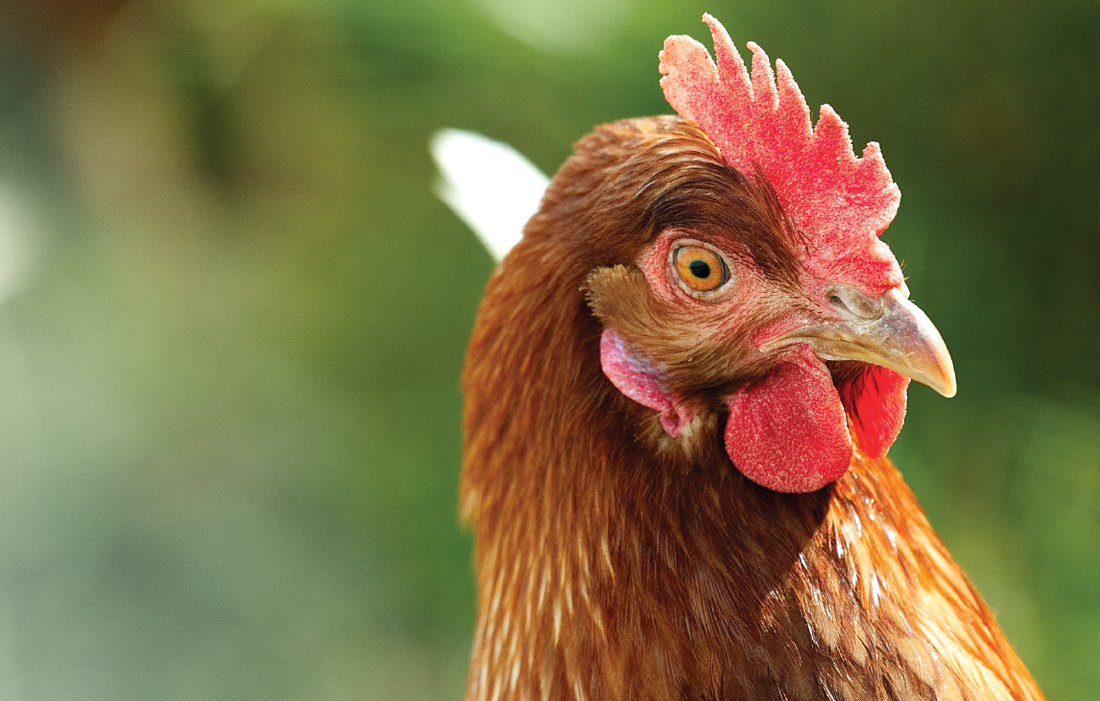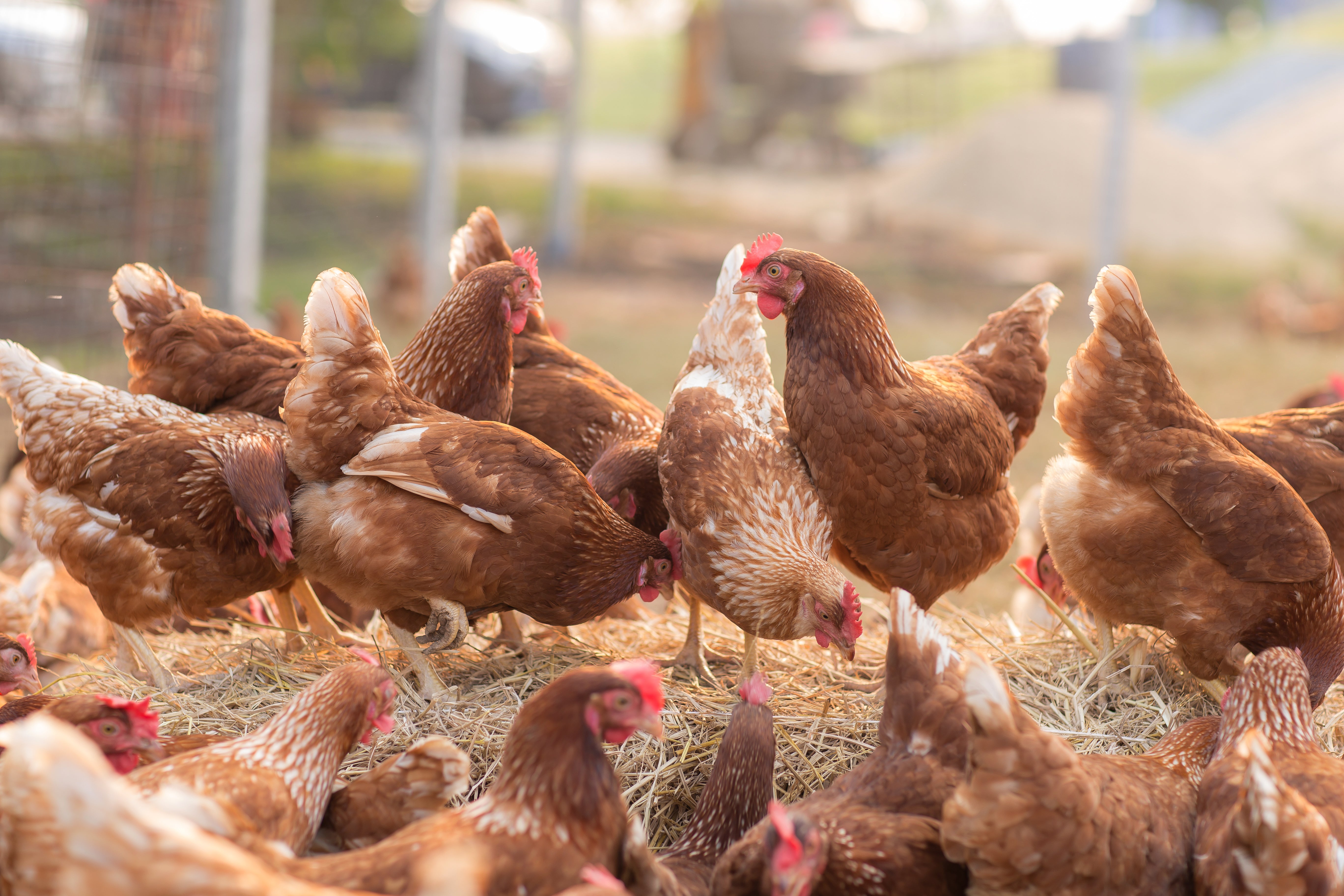
Your Chicken Has Marek’s Disease Virus.
Share
The virus involved in Marek’s Disease (MD) is very common and affects chickens and turkeys in every part of the world. The tumour-causing virus varies in its pathogenicity (ability/severity of infection), but once infected the chicken carries the virus for its entire life. Vaccines are available in vials with a high number of doses intended for commercial chicken farming use and this vaccine is very effective in preventing clinical signs from developing. However, the vaccine does not stop the chicken from becoming infected with the virus or even transmitting the viral particles to other chickens in the flock.

MD can take a variety of forms and present with a range of clinical signs and lesions.
1) Neurological form: Lymphoid cells infiltrate the peripheral nerves and depending on what nerves are affect the clinical signs can vary. Infected nerves in the cranial region can cause dilation of the crop, respiratory signs, wry neck, flaccid neck paralysis. As well as classical forms of lameness. These are common presentations and mortality only occurs in about 20% of cases.
2) Transient Paralysis: Vasogenic brain edema causes incoordination as well as complete paralysis of the neck or legs. This lasts a couple days and may require assisted feeding to fully recover. This does not occur frequently but mortality can be as high as 30%.
3) Ocular form: Involves a colour/shape change to the eye as lymphoid cells alter the iris colour, change pupil shape/size as well as cause a variety of blindnesses. This form is rare and usually occurs in older birds with mortality occurring in only 25% of cases.
4) Cutaneous form: The lymphoid cells enlarge feather follicles of the skin in clusters. These tend to be in groups and around the legs is common. This form does not cause mortality but is very common.
5) Visceral form: Tumours on the internal organs with clinical signs depending on the location and organs it is affecting. This form is very common and tends to have the highest mortality rate of 60 to 80%.

How do most birds become infected?
The virus is shed from the skin and feather cells and is inhaled by other chickens. Being a herpes virus it tends to be transported to cutaneous sites such as the skin/feathers. Virus in the feather and skin dander can remain infective for up to 8 months making this a difficult virus to manage.
Chicks can be protected by maternal antibodies partially as the immune system develops. Risk factors such as stress (injuries, moulting, egg production), concurrent infections and immune suppression will make infection with this virus and development of clinical signs highly likely. Illness will depend on the amount of virus, type of virus, breed of the bird and immune status. Clinical signs in unvaccinated birds tends to occur between 6 weeks to 30 weeks but older birds can still be affected and present with clinical signs. Vaccinated birds rarely get sick, but it can happen in immune compromised individuals. Vaccines must be given as early as possible before exposure to the virus and then the birds need a few weeks for the antibodies to build up to be effective. This makes biosecurity extremely important for the young chicks. Once vaccinated these birds should NOT be mixed with unvaccinated birds. The vaccine only prevents clinical signs but does not stop the bird from being infected or passing on the virus to unvaccinated birds.

So what can I do?
Reduce Stress. Issues usually present around moult or coming into egg production but environmental stress or concurrent infection can also exacerbate this virus and its infectability. Don’t mix vaccinated birds into unvaccinated flocks. This can cause a high level of transmission between birds. Keep a closed flock. Don’t bring in outside birds into your original flock. This prevents a host of different diseases and can minimize the impact on the health of your flock.
If you suspect Marek’s Disease in your flock diagnosis can be done by experienced avian veterinarians but the most accurate diagnosis is via post mortem examination and histological examination of any affected tissues.

